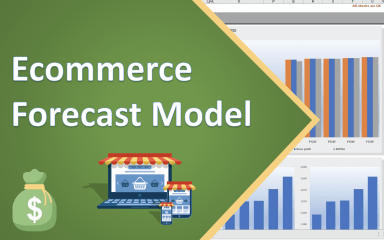
Publication number: ELQ-61104-1
View all versions & Certificate

Ecommerce Forecast Model
Ecommerce forecast model for businesses with sales on multiple sales platforms and across multiple geographies
Further information
5 year forecasting model for an ecommerce business selling across multiple platforms and with inventory in multiple locations
Ecommerce modelling
Businesses with online and offline sales across multiple jurisdictions
Those unfamiliar with excel based financial models
Businesses with more than 5 different key sales regions
Businesses with more than 5 different key sales platforms
Complex debt and capital structures (though there is provision for some term debt, convertible loans and equity raises)







